Research projects
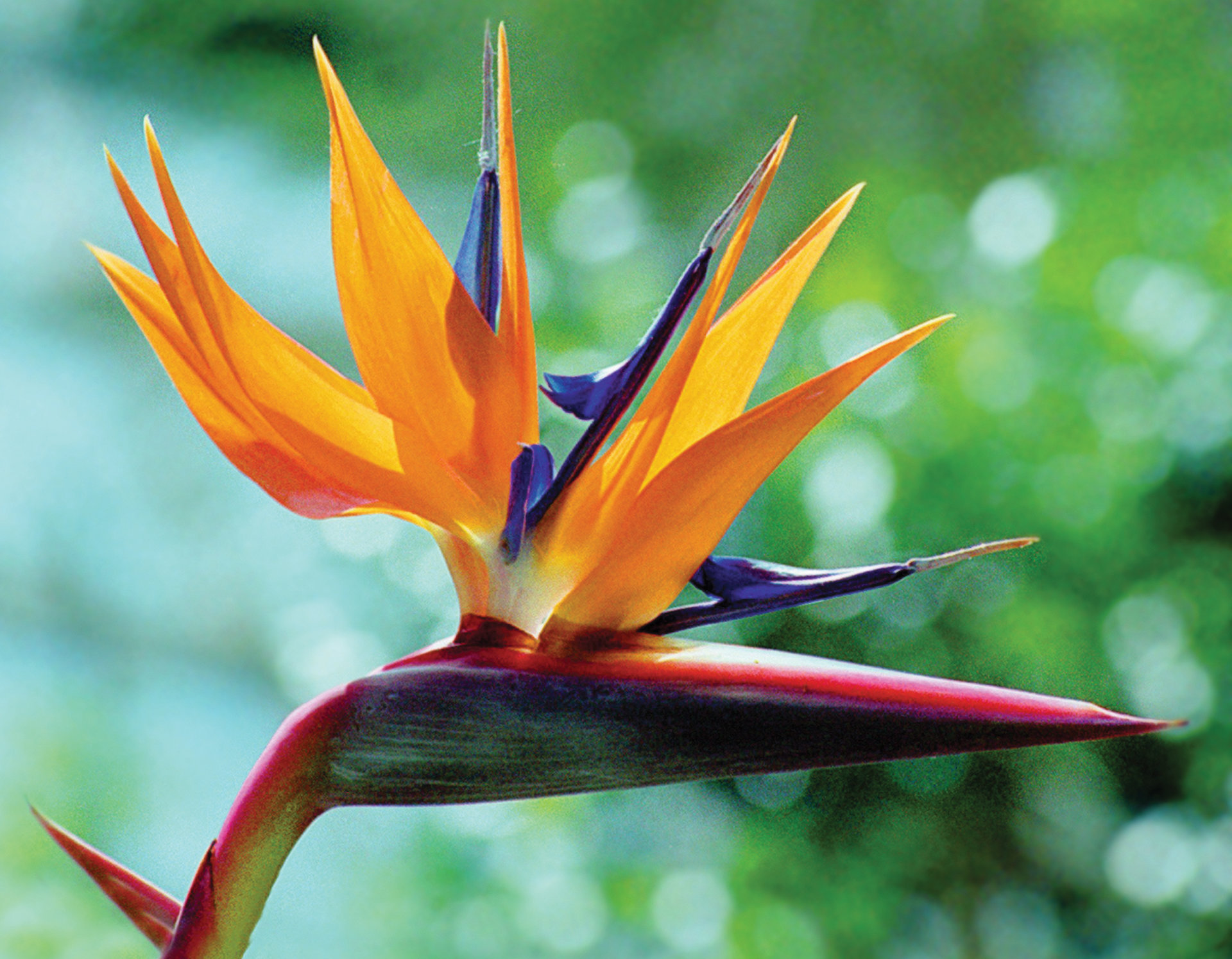
Zingiberaceae |
| In co-operation with the Botanical Garden of the University of Vienna research is being done into the secondary plant substances of the Zingiberaceae, the ginger family, one of the SNP shared collections which have been placed in the TU Delft Botanic Garden. Secondary-plant-substances is a collective name for all kinds of substances which a plant produces, that are not directly involved in growth and reproduction. Think, for instance, of dyes and insect repellants. |
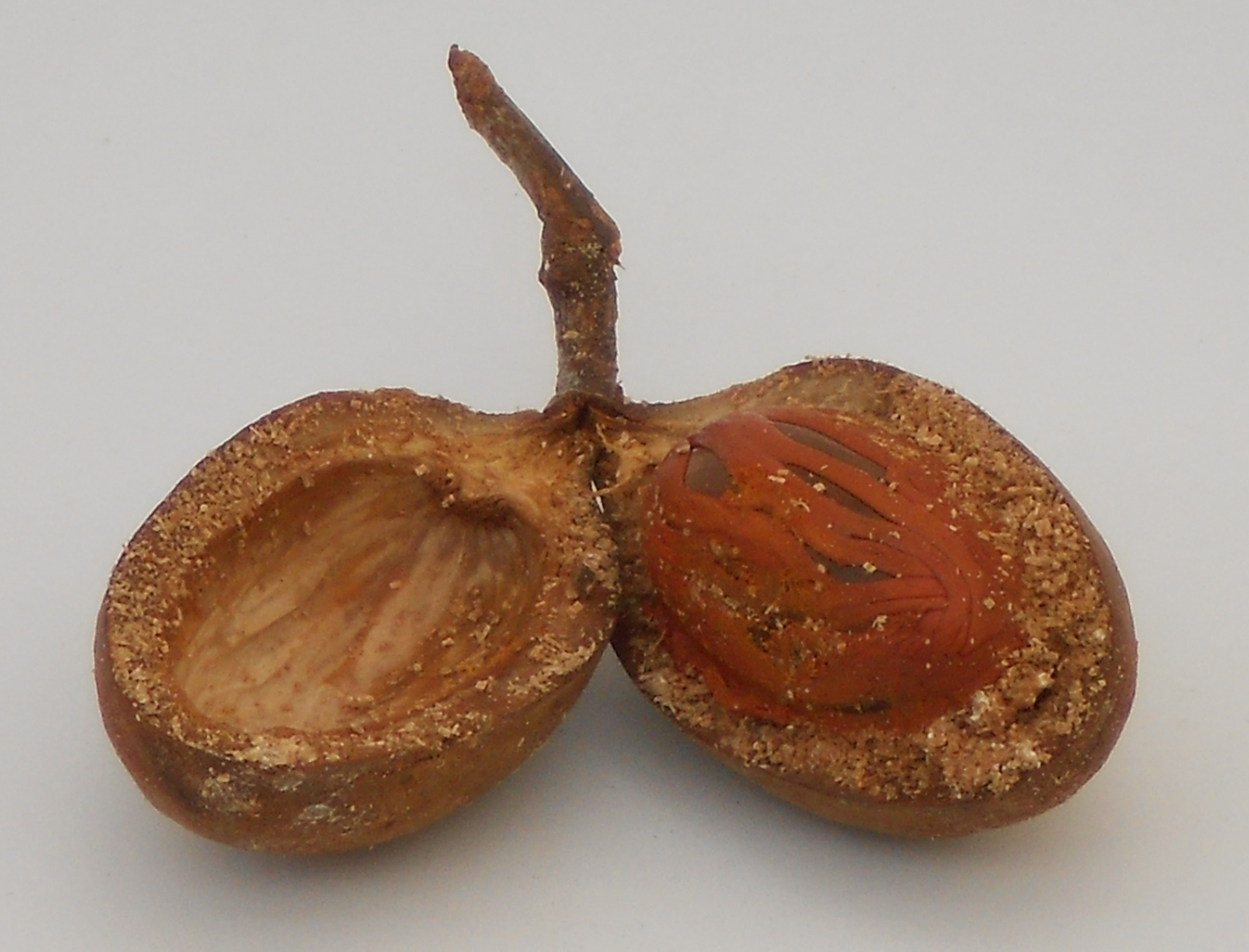
Myristicaceae |
| An important collection of the Garden consists of the Myristicaceae, the nutmeg family. This collection may well be the largest of its kind in the world and grows ever larger. Besides naming the many species accurately, research is done into the mycorrhizae of the nutmeg family, and this in co-operation with the firm of Biomygreen. Mycorrhizae are fungi which live in symbiosis with the roots of higher plants and are therefore in a sense an expansion of the root system. |
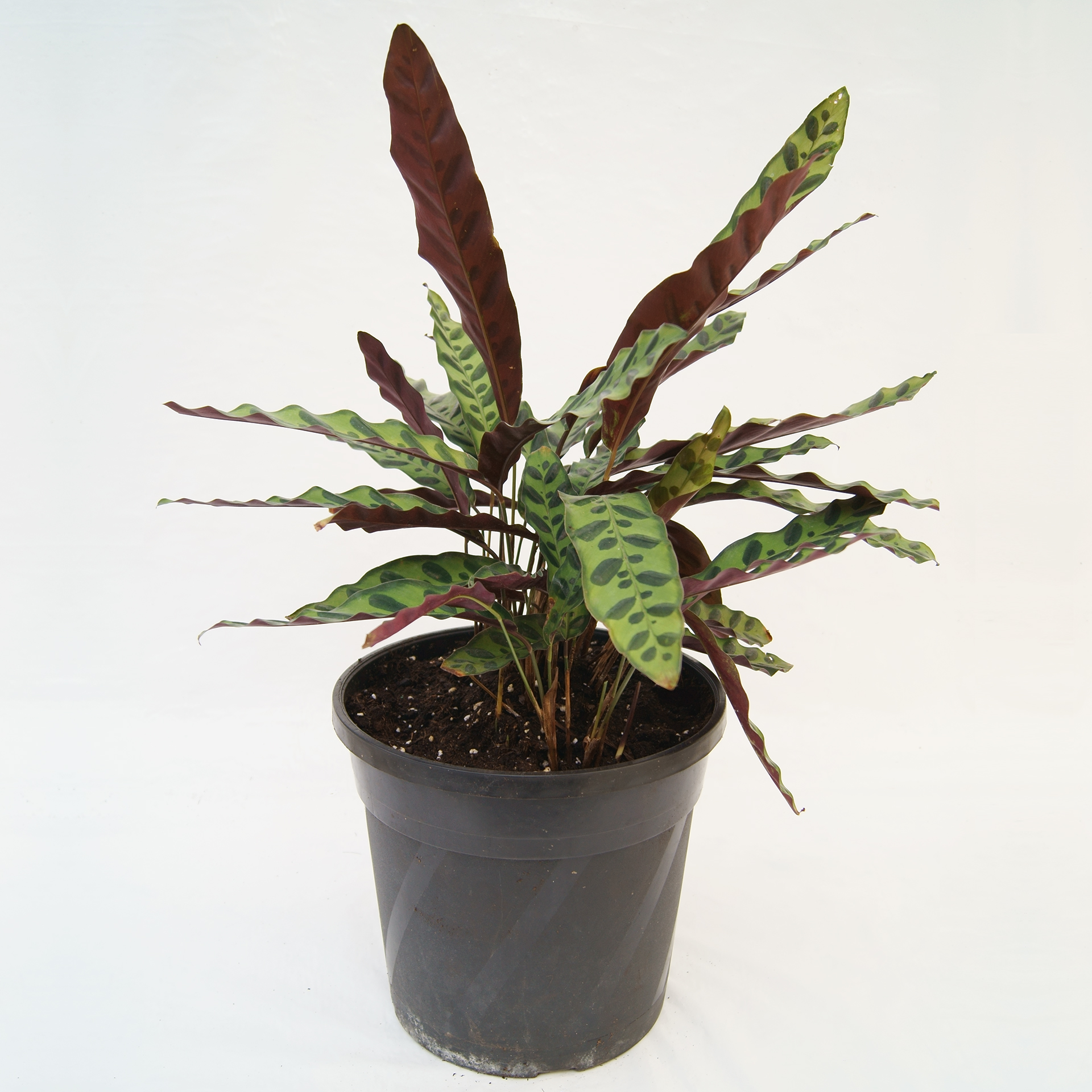
Marantaceae |
| Another shared collection in the Delft Garden consists of the Marantaceae, a family with many ornamental plants and also edible ones, such as arrowroot, Maranta arundinacea. At the University of British Columbia systematic research of this family is being done by Professor Dr. Helen Kennedy. Her research is supported by the collection at the TU Delft Botanic Garden. |
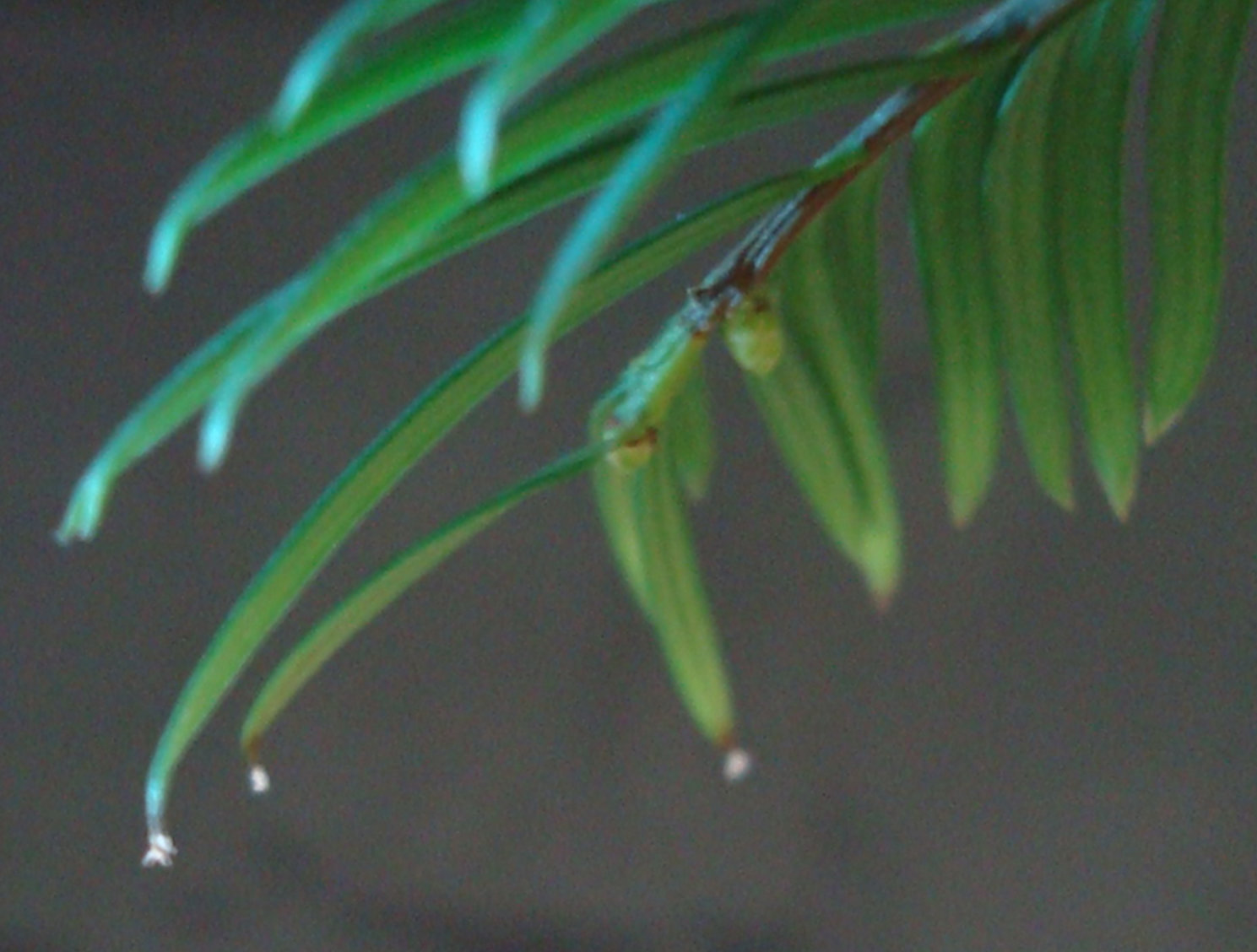
EHDA |
| A great deal of research has been done during the past years in gaining secondary plant substances, first of all from Taxus species, by bringing them into an electrostatic field. This resulted in a new method of producing Taxol, a cancer inhibitor. This method, Electrostatic Hydrodynamic Atomizing has meanwhile been patented. This method is now also being tested on other plants, such a thyme and rosemary. |
Particulate Matter |
| Since 2008 the TU Delft Botanic Garden has done research into the very harmful particulate matter, initially PM10, later also PM2, at first in the Garden itself, where a testing installation was built, later in a tunnel and along roads with an installation which loads suspended particles electrically and catches the loaded particles on screens of opposite polarity. The instigation of this technology was the observation of a plant Hippophae rhamnoides, Sea buckthorn, during a walk in the dunes of Voorne. Parallel to this development research was being done on the removal of particulate matter by living plants in vertically built constructions. |
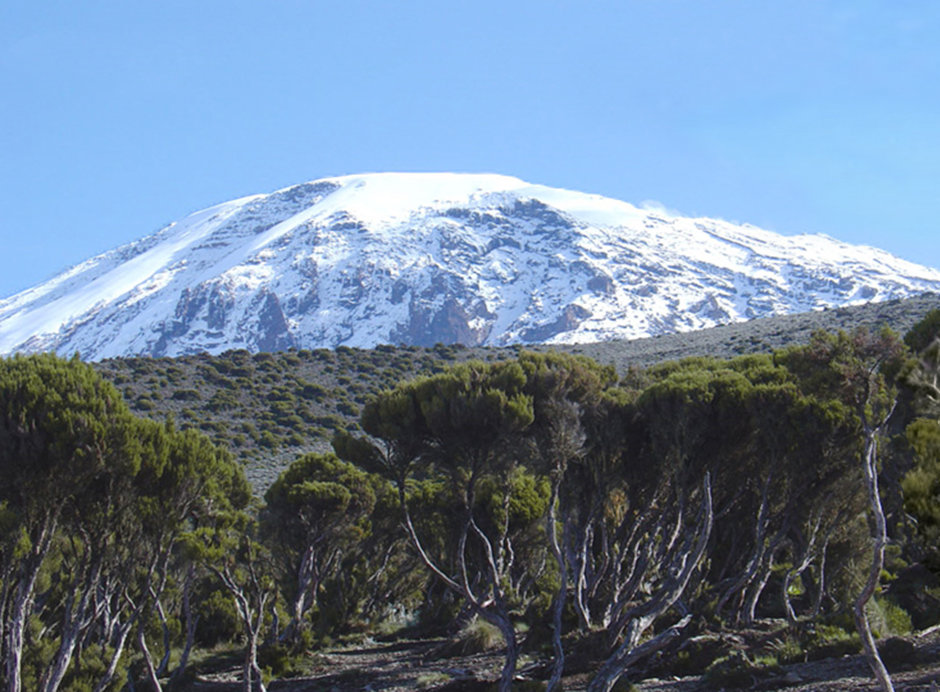
Interception |
| How much rainwater seeps through to the ground and the water table, how much remains hanging in the crown of trees, evaporates there, and never reaches the ground? These are some of the questions raised in two research projects during the past few years. An international measuring network was set up, among which, a measuring point in the TU Delft Botanic Garden. From this it was proved that a considerable part of precipitation was removed by tree crowns, 5 to 20% by broadleaved trees and up to 50% by conifers. |
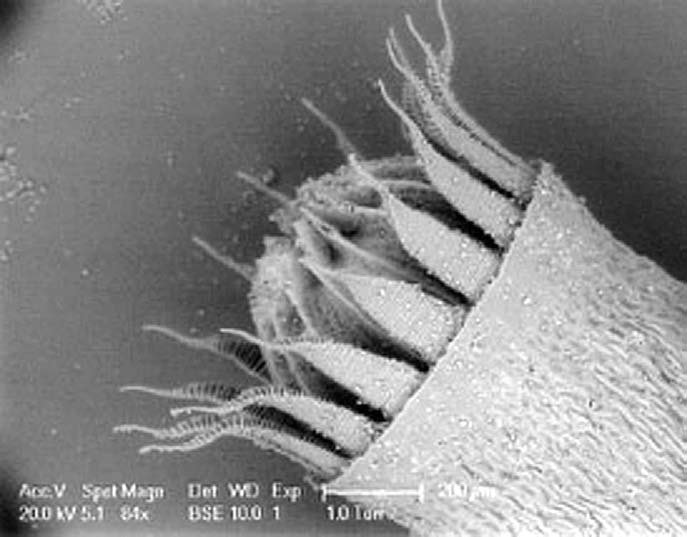
Biomimetics |
| A recently discovered phenomenon is the hygroscopic system of movements by peristome teeth, which are tooth-resembling structures around the opening of the spore capsules of mosses. Guest Professor Klaus Ammann discovered in herbarium material that peristome teeth, after 150 years were still able to move: biological death and yet still a functionally working system. Is this system technically applicable? Research into this is now the working area of ‘biomimetics’. |
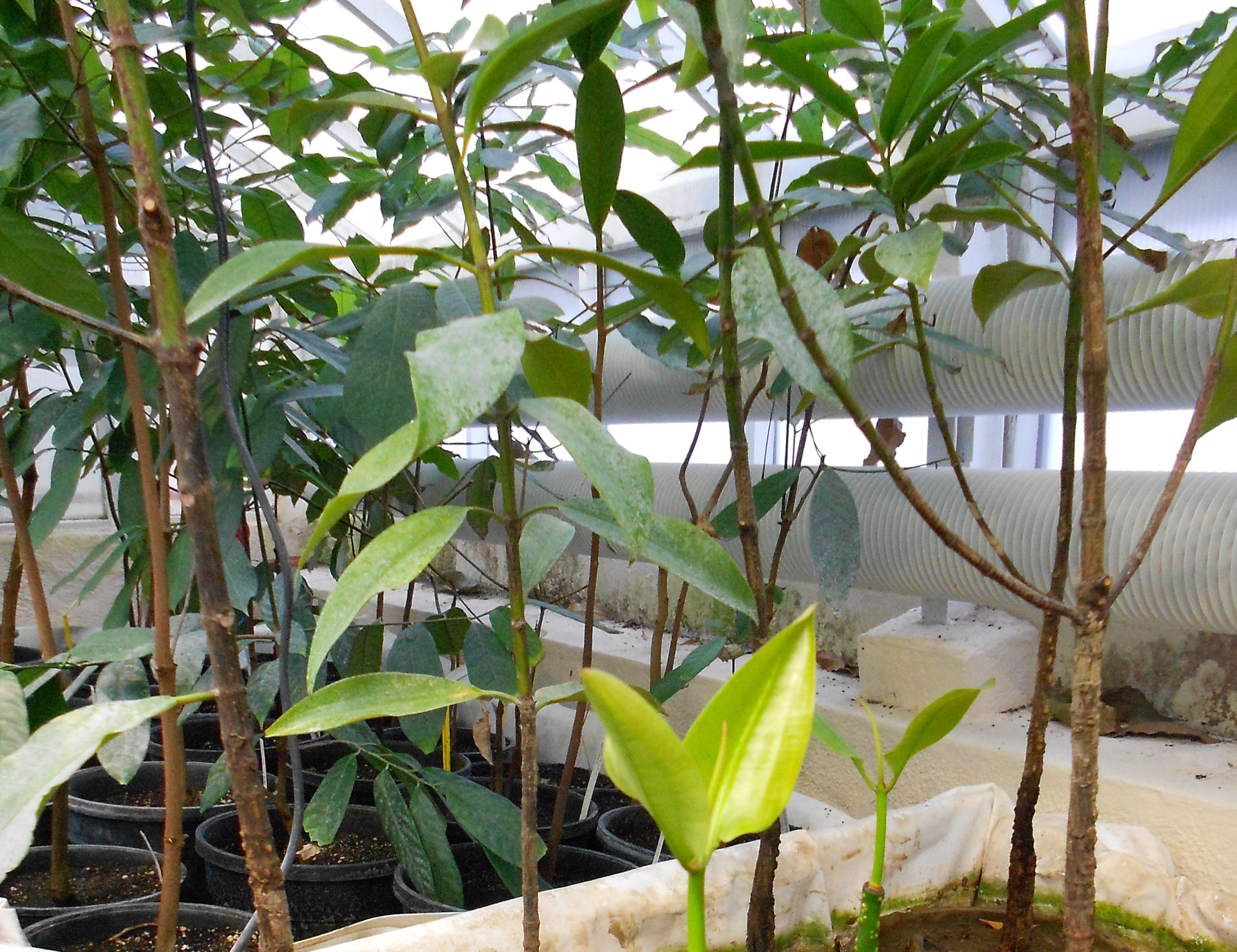
Mangrove |
| Two years after the tsunami of 2004, a propagation program of mangrove species was set up. The terrible consequences of nature’s power was in part the result of dozens of years of large-scale cutting down of mangrove forests, whose mitigating influence on flood waves is now perhaps more appreciated. The mangroves in the Delft Garden are now 3 meters high. Meanwhile, they will soon be on their way to their next growth environment, a basin with waves. There their properties and potentialities will be researched further. |
Autoreparative |
| Also called self-healing or self-repairing. An example is self-repairing concrete; small tears and corroded areas are repaired by calcium carbonate producing bacteria which were added to the concrete mortar. For other materials different principles hold to produce such a ‘built in’ recovery from damage. With the TU faculty of Civil Technique and Geosciences CiTG plus the universities of Valencia and Thessaloniki, the TU Delft Botanic Garden is exploring the possibilities. |